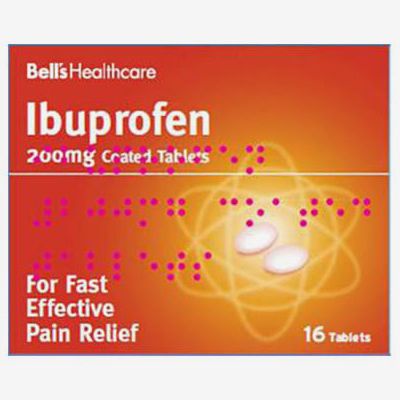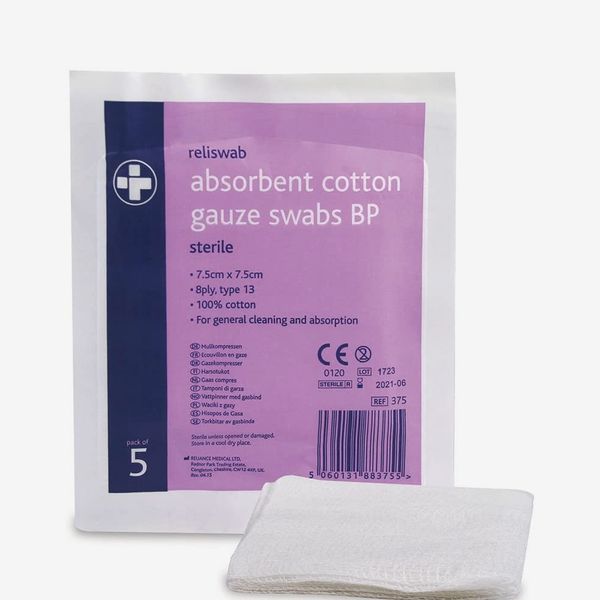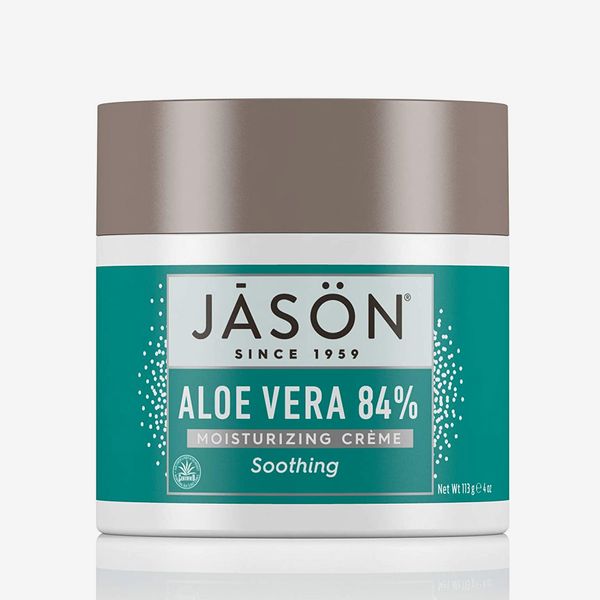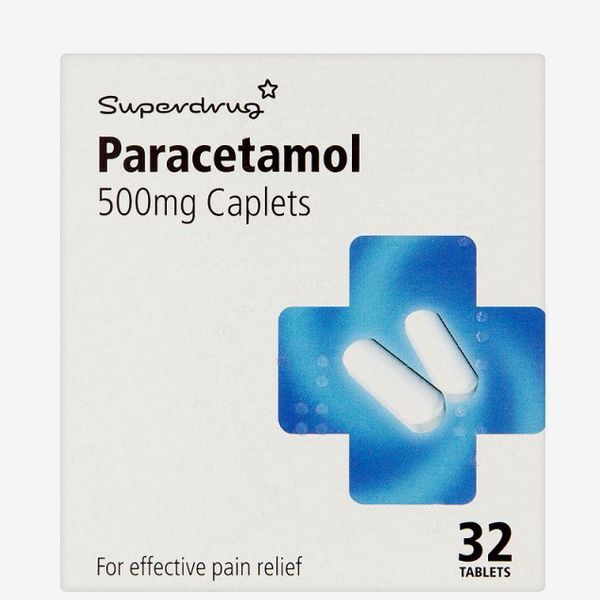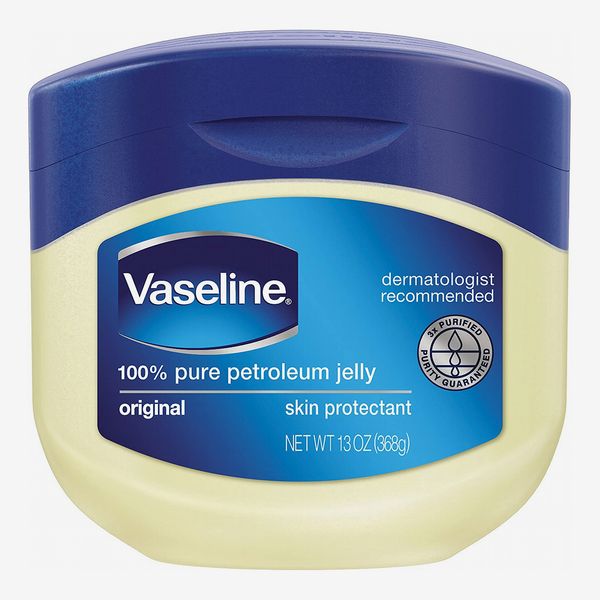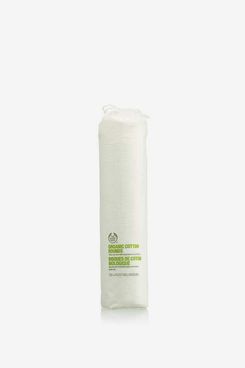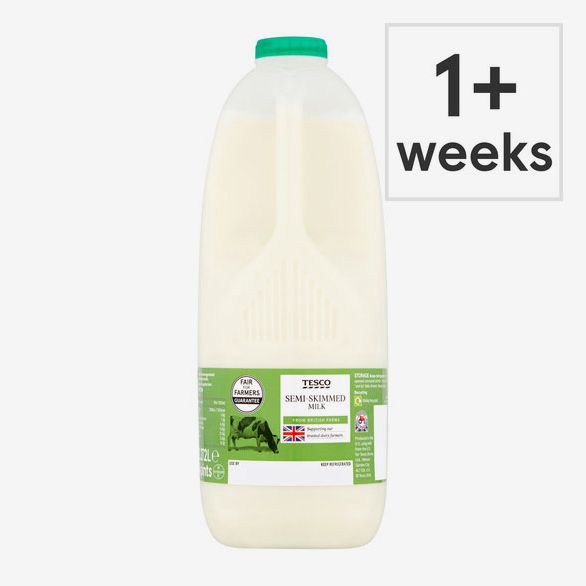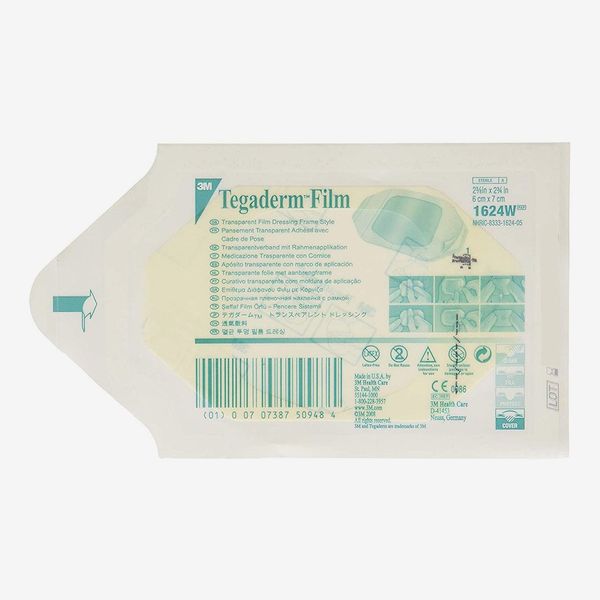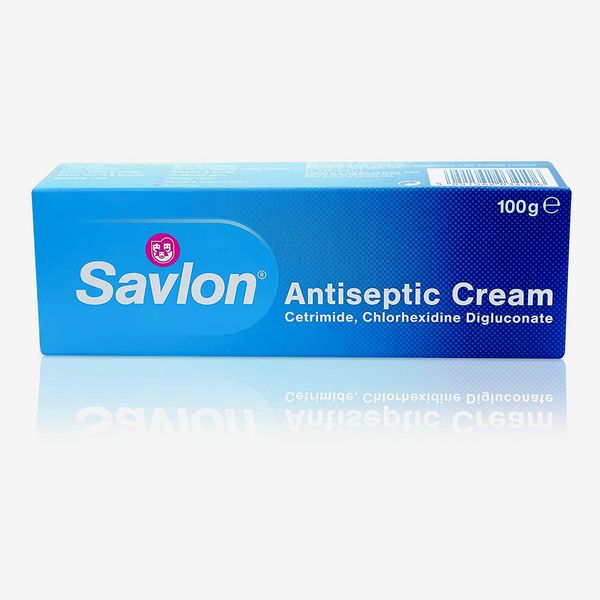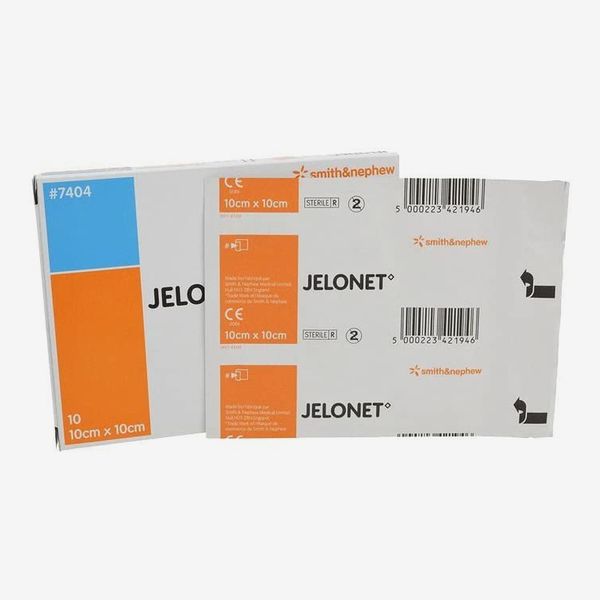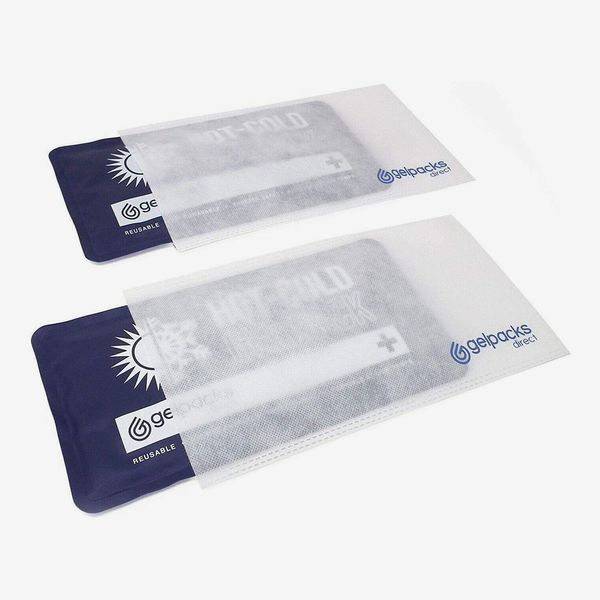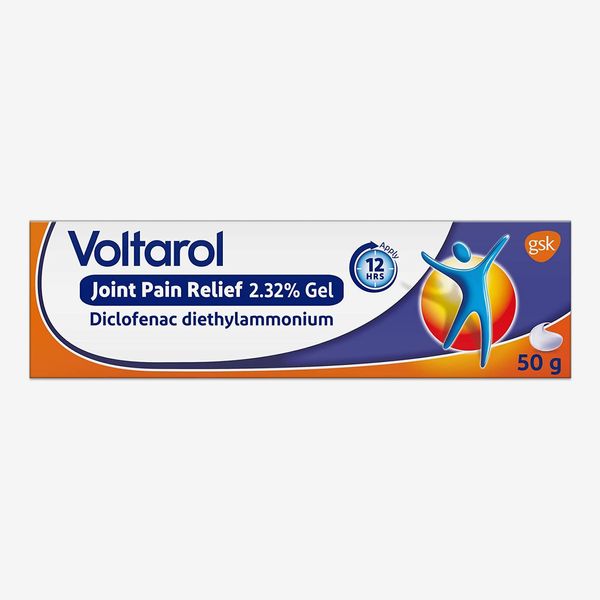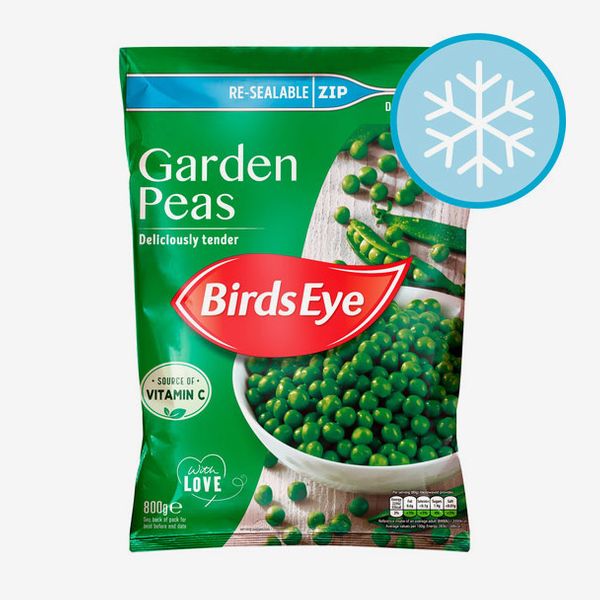
A version of this story originally appeared on the Strategist US.
Whether you like spending time in there or not, everyone seems to be in the kitchen these days. Some of us are thriving, using this time at home to make all of the recipes we’ve been saving, like sourdough bread or tahini-chocolate-chip cookies. Others are cooking for the first time, attempting to piece together some semblance of sustenance and resisting the urge to order takeout three times a day. No matter where you fall on this spectrum, you’re not immune to having a little accident. Maybe your hand slipped while pulling something out of the oven or you were never taught to properly chop. The resulting burns, cuts, bruises, and bumps can be alarming, but many can be treated at home without a trip to the emergency room or doctor’s office. (Though it’s also important to know when your mishap does rise to the level of seeking professional medical advice, especially in these times.) Below, some common kitchen injuries you might get while trying to cook three square meals a day, every single day, and how you can fix them without leaving the house.
If you burned yourself on the oven
There are so many ways to burn yourself in the kitchen — on a still-hot stove or oven, with hot oil, even from a too hot microwaved bowl. If it’s a first-degree burn, meaning it only affects the top layer of skin, you should run the affected area under cool water — not cold water or ice — for 20 minutes. “Active cooling of the burn can help reduce the burn depth and improve healing,” says Natasha Bhuyan, a family practitioner and regional medical director for One Medical. To help with pain relief, she recommends using an aloe-vera cream. For protection once the burn is feeling a little less raw, Brendan Levy, the executive medical director of GoodRx, recommends applying Vaseline or Savlon a few times a day with a Band-Aid, to protect the wound, keep it moisturised, and help it heal.
If the burn is a second-degree burn, meaning it affected the top two layers of skin, you might develop a blister. Both of the experts we spoke with said that no matter how tempting it can be, you shouldn’t pop the blister. Instead, Bhuyan says to wrap it in sterile gauze. “It should be wrapped loosely to keep air off the area, but should not stick firmly to the skin,” she explains. The pain from this type of burn might require something a little stronger than aloe, like an over-the-counter pain reliever, either acetaminophen or ibuprofen. To prevent infection, she recommends applying Savlon, or contacting your GP about silver sulfadiazine or mafenide acetate, which are also antibacterial agents to help prevent infection. For burns that you suspect go deeper, or if you lose feeling in the area where you were burned, seek professional help.
If you got ghost-pepper juice in your eye
You’re chopping up jalapeños for the guacamole or a ghost pepper for homemade hot sauce, and boom, something squirts back at you or without thinking you rub your eye. Though this is a different type of burn than searing your arm on the oven, it’s a painful one nonetheless. The thing that actually causes the burn is oil from the pepper, Bhuyan explains. So if it gets on your skin, you can wash the area with soap and water, no problem. However, “if you accidentally rub a spicy pepper in your eye, you should flush it out with lukewarm water for 15 minutes in a shower or sink,” says Levy. This should heal it, but for an extra precaution, Bhuyan says you can try soaking “a cotton pad with milk, then gently apply around your eye, as the fat in the milk can help break down the oils.” (It’s the same basic logic as to why people chug milk after eating food that’s too spicy.)
If you sliced your finger on a mandoline
You’re having so much fun slicing the courgette with your mandoline for homemade veggie chips that you get lost in the moment — until your finger is suddenly the thing getting cut into evenly sized pieces. Even if you don’t have fancy kitchen equipment like a mandoline, a regular knife, the blade of a blender, or a chopper can all be culprits of a kitchen cut. If it’s a small wound — defined by dripping blood, rather than gushing — you should clean it out with tap water and apply light pressure. “Then the wound should clot and the bleeding should stop or slow to a trickle within 10 to 20 minutes,” Levy says. After that you can put Vaseline on it and cover it with a plaster or Tegaderm patch, a waterproof dressing for wounds that provides a moist environment for enhanced wound healing. If the cut is more than one centimetre deep, or longer than a half of an inch, the cut might require stitches. You should also proceed with caution and see a doctor if pressure doesn’t stop the bleeding, the cut has jagged edges, the knife was rusty, the “wound is dirty, or you’re concerned about contamination by things like raw meat.”
If you cut your hand on a can lid
If your doomsday prep included stocking up on canned chickpeas, you might be more at risk for slicing your hand on a tin lid than anything else. Whether you recklessly rip off the pull tab or you forget all about the lid’s sharp edges when you pick it up to throw away, can lids can do a number on your skin. And while the care is pretty much the same as the above, a cut from a can might pose more risks. “The edge of cans or sharp plastic can sometimes cause a worse cut than a knife since the wound may be jagged,” Levy told us. “You can prevent infection in general by washing out a cut with lukewarm water. If the cut is too deep to rinse effectively then you should see a doctor in person.” Rusty surfaces also cause a higher risk for tetanus, but to prevent infection Bhuyan recommends using antibacterial ointment like Savlon, which contains cetrimide and chlorhexidine. Levy, on the other hand, prefers Vaseline and Jelonet gauze dressings. If the wound isn’t actually infected, and you use an antibiotic, Levy says the antibiotic can cause more irritation; Vaseline is a safer bet that also keeps the moisture in. The dressings will help keep the wound clean and because it’s made up of a petrolatum blend (like Vaseline) on fine mesh gauze, it maintains moisture and is non-adherent.
If you pulled a muscle trying to shake the perfect cocktail
Not every kitchen injury ends in blood squirting across the island or with charred skin, sometimes it’s just overuse and exhaustion. If the amateur mixologist in you shook that margarita too hard, or you kneaded your bread a bit too enthusiastically, or you don’t own a mixer and you’re whipping your hardest to make a meringue, you might get sore or pull a muscle. Our experts recommend a combination of rest, stretching, or an ice pack along with over-the-counter pain meds like ibuprofen if this happens to you. Bhuyan also says “a topical nonsteroidal anti-inflammatory is a good option as well.” She recommends Voltarol, which is typically used for arthritis pain, but it targets directly where it hurts.
If you bumped your head on the cabinet
If you’re distractedly cooking, it’s easy to accidentally smack your head on an open cabinet door. And it’s important to remember that the headache that will ensue might be more than just that. “If you’re rushing around the kitchen and you bump your head hard enough to momentarily cause confusion, disrupt your vision, or lose consciousness, then you should be evaluated by a doctor or nurse that day to see if you’ve had a concussion or other serious head injury,” says Levy. Other symptoms could be headache, nausea, fatigue, or dizziness, but if it’s a light bump or bruise, he says, “You can use an ice pack wrapped in cloth or a pack of frozen vegetables to help relieve some of the initial pain and swelling.”
The Strategist UK is designed to surface the most useful, expert recommendations for things to buy across the vast e-commerce landscape. Read about who we are and what we do here. Our editors update links when possible, but note that deals can expire and all prices are subject to change.

